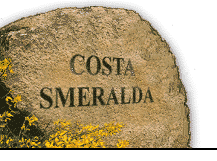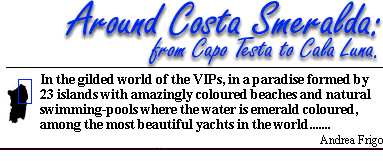Capo Testa, is the most northern
point of Sardinia (in fact "testa" means head). At this windswept point, the wind has modelled
the enormous granite rocks over the years so that the visitors' imagination can run riot
recognising in each rock an animal, a cathedral dome or a famous person's profile. Nearby
the old lighthouse overlooks Cala di Luna (or Valle della Luna as the Hippie-tourists called it)
and in the distance one can see the white cliffs that mark the entrance to the port of
Bonifacio.
|
|
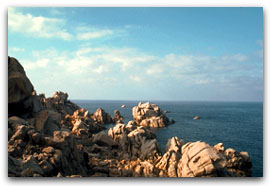
 Capo Testa Capo Testa |
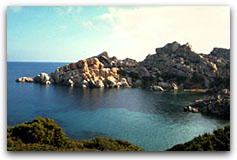
 Capo Testa - Cala dei Corsari Capo Testa - Cala dei Corsari |
|
Going eastward, towards our final
destination, one passes Cala dei Corsari where the water is so extraordinarily transparent
that ancient granite columns made in Roman times, can be seen on the sea bed. Soon after
we come to the fishing village of Santa Teresa di Gallura, clearly distinguished by its imposing
Aragonese tower, which is nowadays a pleasant tourist centre and in the summer its natural
harbour (cut out of a long fjord) is so full of pleasure boats that they almost hide the
fishing boats.
|
The natural harbour
of Santa Teresa is also home to the ferry-boat that links
Sardinia to Corsica. Santa Teresa offers visitors excellent accommodation and leisure
facilities. People in search of quieter, more relaxing attractions can find long sleepy beaches
such as Rena Bianca and the long beach of Marmorata with its deep crystal clear water which is directly
after Santa Teresa. Then one passes Capo Falcone and begins to head
southward.
|
|
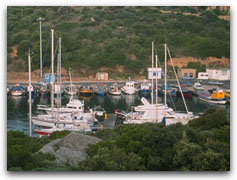
 S. Teresa di gallura - Il porto S. Teresa di gallura - Il porto
|
|
